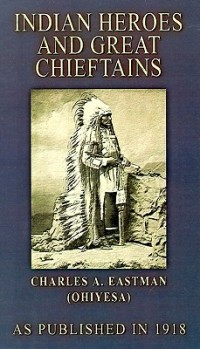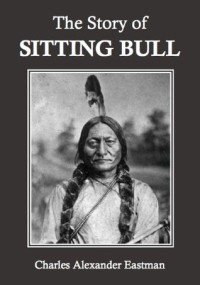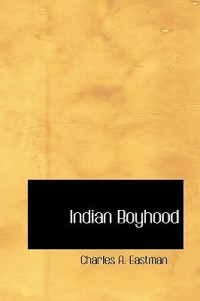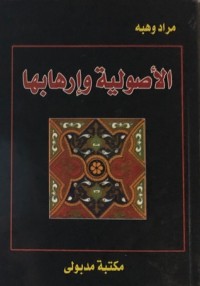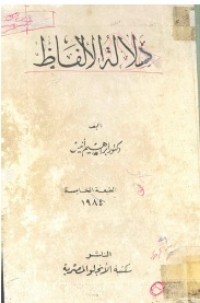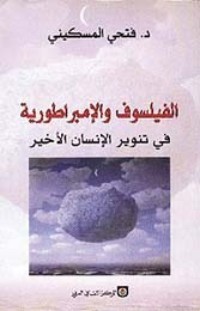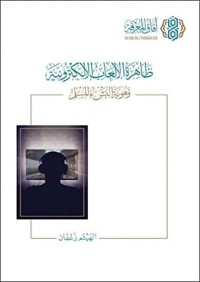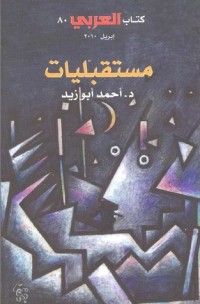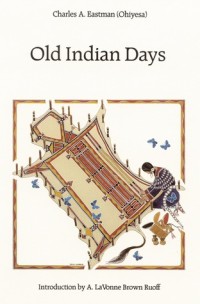
earned renown as the author of nearly a dozen books, was on home ground in writing about the traditional life of his people, their customs, warm family relations, reverence for animals, and struggle for survival. Originally published in 1907, Old Indian Days alludes to historical figures like Little Crow and Tamahay and to an event that Eastman experienced as a small boy, the 1862 Sioux Uprising in Minnesota. The excitement of intertribal warfare and the warrior's lone exploits, as well as his more tender side in trying to fathom the mysteries of womanhood and the eternal are seen in "The Love of Antelope," "The Madness of Bald Eagle." "The Singing Spirit," and other stories. Women enter into these evocations of Indian life most memorably. In "The Peace-Maker" a Sioux woman takes a valiant stand against the consumption of whiskey. Other heroines, including Blue Sky and She-Who-Has-a-Soul, are instrumental in bringing peace between tribes and between races. "Winona, the Woman-Child" and "Winona, the Child-Woman" are among those stories revealing the everyday life of the Indian woman, her rearing and education and influence. In her introduction to this Bison Book edition, A. LaVonne Brown Ruoff, a professor of English at the University of Illinois at Chicago, examines the extent to which the stories are original creations and reinterpretations of existing oral accounts.Excerpt 1:He is a princely youth, among the wild Sioux, who hunts for his tribe and not for himself! His voice is soft and low at the campfire of his nation, but terror-giving in the field of battle. Such was Antelope's reputation. The more he sought the "Great Mystery" in solitude, the more gentle and retiring he became, and in the same proportion his courage and manliness grew. None could say that he was not a kind son and a good hunter, for he had already passed the "two-arrow-to-kill," his buffalo examination. On a hot midsummer morning a few weeks later, while most of the inmates of the teepees were breakfasting in the open air, the powerful voice of the herald resounded among the pine-clad heights and green valleys.Excerpt 2:It was Antelope. He was fasting and seek ing a Sign from the Great Mystery, for such was the first step of the young and ambitious Sioux who wished to be a noted warrior among his people.




